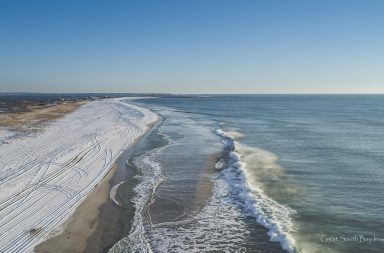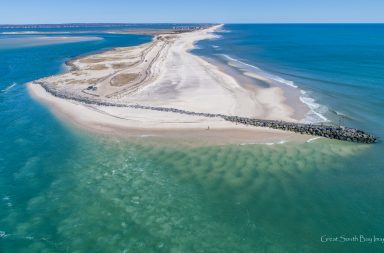The Legacy We Leave, by Carl LoBue
As the Sr. Marine Scientist for The Nature Conservancy on Long Island, Carl LoBue was struggling with how to effectively communicate alarming scientific findings concerning the health of Long Island’s waters to Long Island’s residents and public servants. So in 2015 he partnered with Patchogue based Red Vault Productions and together they enlisted a dozen Long Islanders to tell their own stories on film. The results are a visually stunning series of 4 minute personal narratives that provide motivation to protect and restore astounding places that are uniquely Long Island.
Some places are deliciously stuck in time (like All American in Massapequa), but most places are constantly changing. As I get older it’s become easier to reflect back on what Long Island used to be like. Whether changes are for-the-better or for-the-worse is in the eye of the beholder. Nevertheless, we all have personal connections to places. We lament when things we value are lost, and rejoice when things we value are accomplished.
In his lifetime Howard Pickerell has hand built hundreds of Long Island’s most iconic shellfishing boats. He is a first-hand witness to the changes in Long Island’s bays and the impacts it has had on shellfish and the shellfish industry. His poignant testimonial reminds me that although we can’t change the past, every decision we make today shapes our future, and the future for those that follow.
I was reminded of this again recently while at a workshop of shellfish experts and agency leaders discussing the now seven-year-old Suffolk County Peconic Bay Aquaculture Leasing Program. Although we were specifically charged with answering certain questions, we all recognized that we were discussing changes to the way seafood is produced and the way public space in Long Island’s bays is utilized.
Only time will tell if Suffolk County’s growing number of family oyster farmers will be the vanguard of Long Island’s sustainable shellfish renaissance, or the leading edge of a business model that is doomed because of failing water quality and/or negative public perceptions. If it is the former it won’t be an accident of circumstances. It will be because of concerted efforts, like Suffolk County’s Peconic Bay Aquaculture Leasing Program, that are striving to take a thoughtful approach and get things right. And it will be because Long Islanders got together and implemented programs and policies that restore and protect Long Island water quality, now and into the future.



